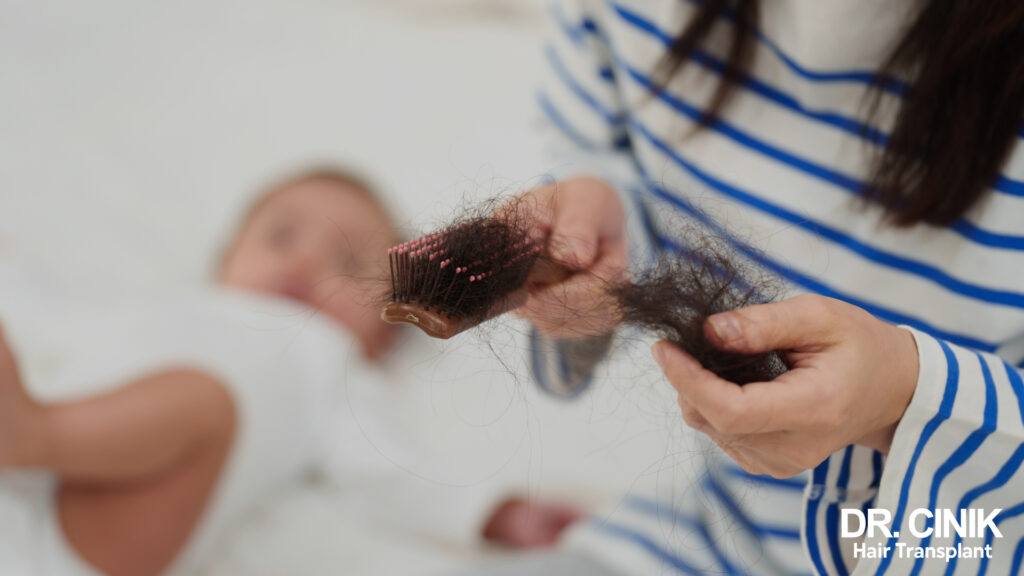Traditional vs Sapphire vs DHI vs Manual vs Robotic FUE: Comparison of FUE Variants
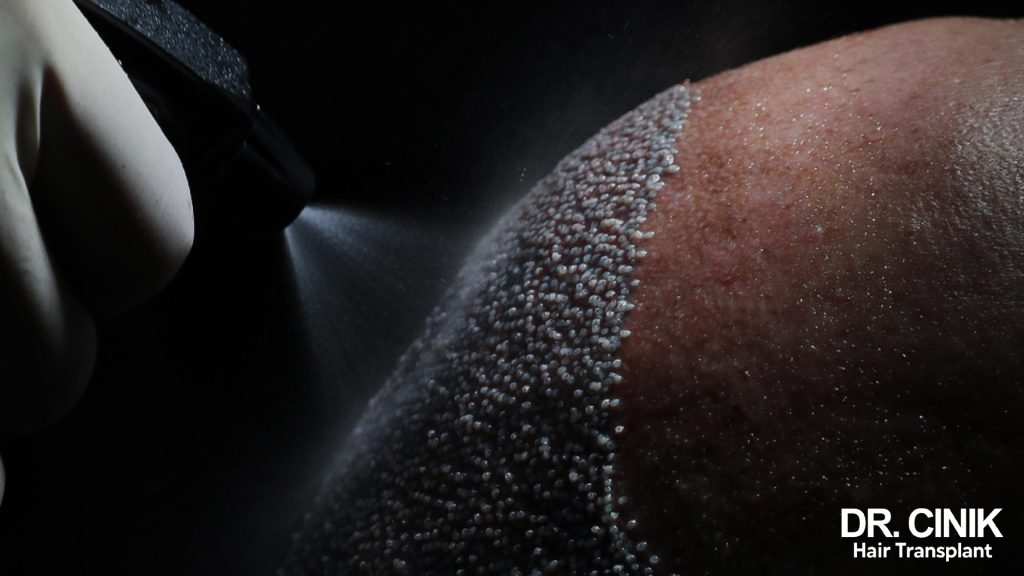
Summary
Hair transplants are the leading solution for addressing androgenetic alopecia. Due to technological and medical innovations, hair transplantation has evolved to include several methods, each presenting its own set of pros and cons. Among these methods, Follicular Unit Extraction (FUE) is particularly popular and comes in various forms. This article aims to compare the different FUE techniques, focusing on their extraction, incision, and implantation procedures.
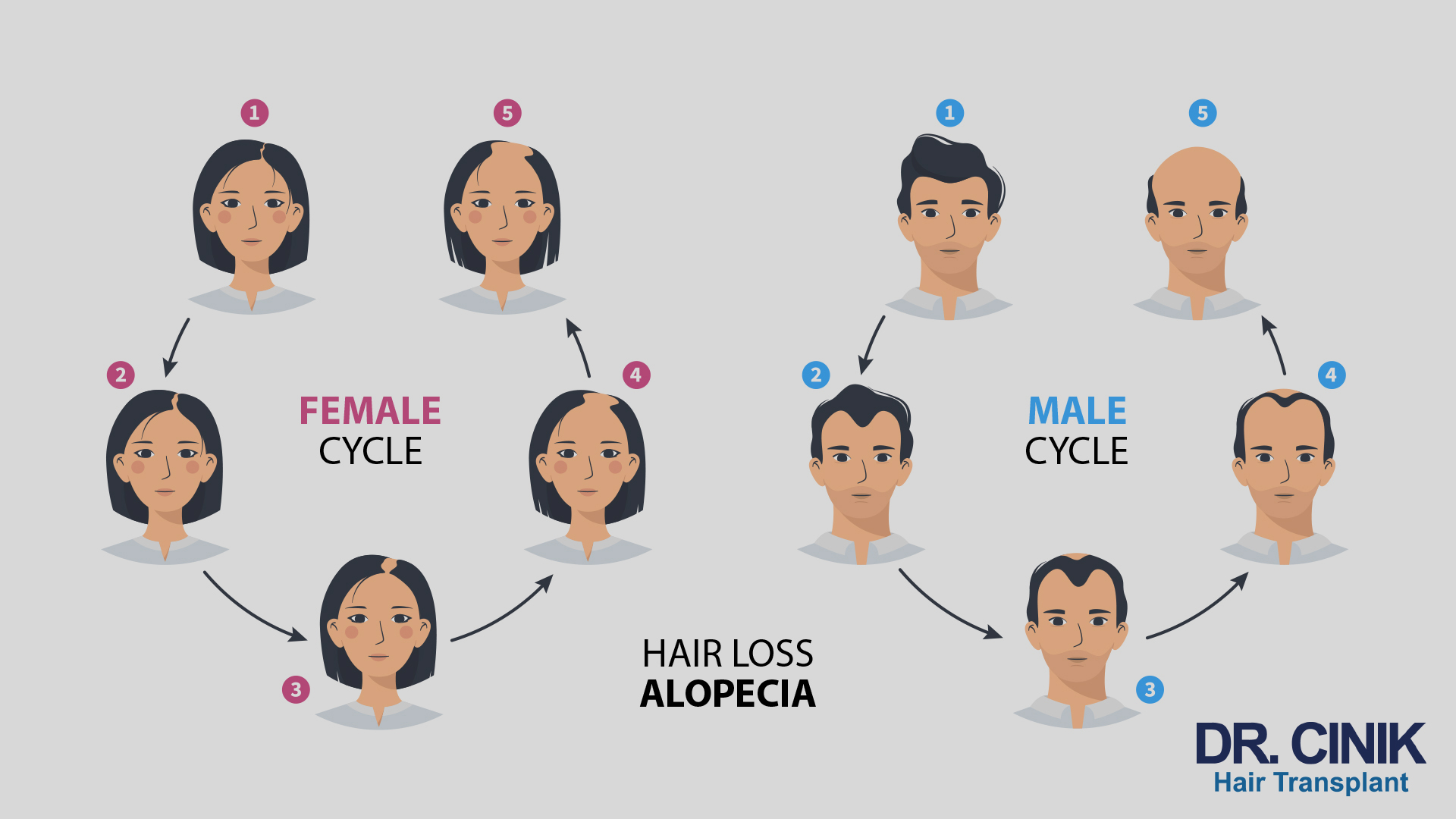
Understanding FUE Hair Transplantation
FUE is a minimally invasive hair transplantation method that contrasts FUT (Follicular Unit Transplantation). In FUE, individual follicular units are extracted from a donor area, typically situated at the back of the head. They are then re-implanted into areas suffering from thinning or hair loss.
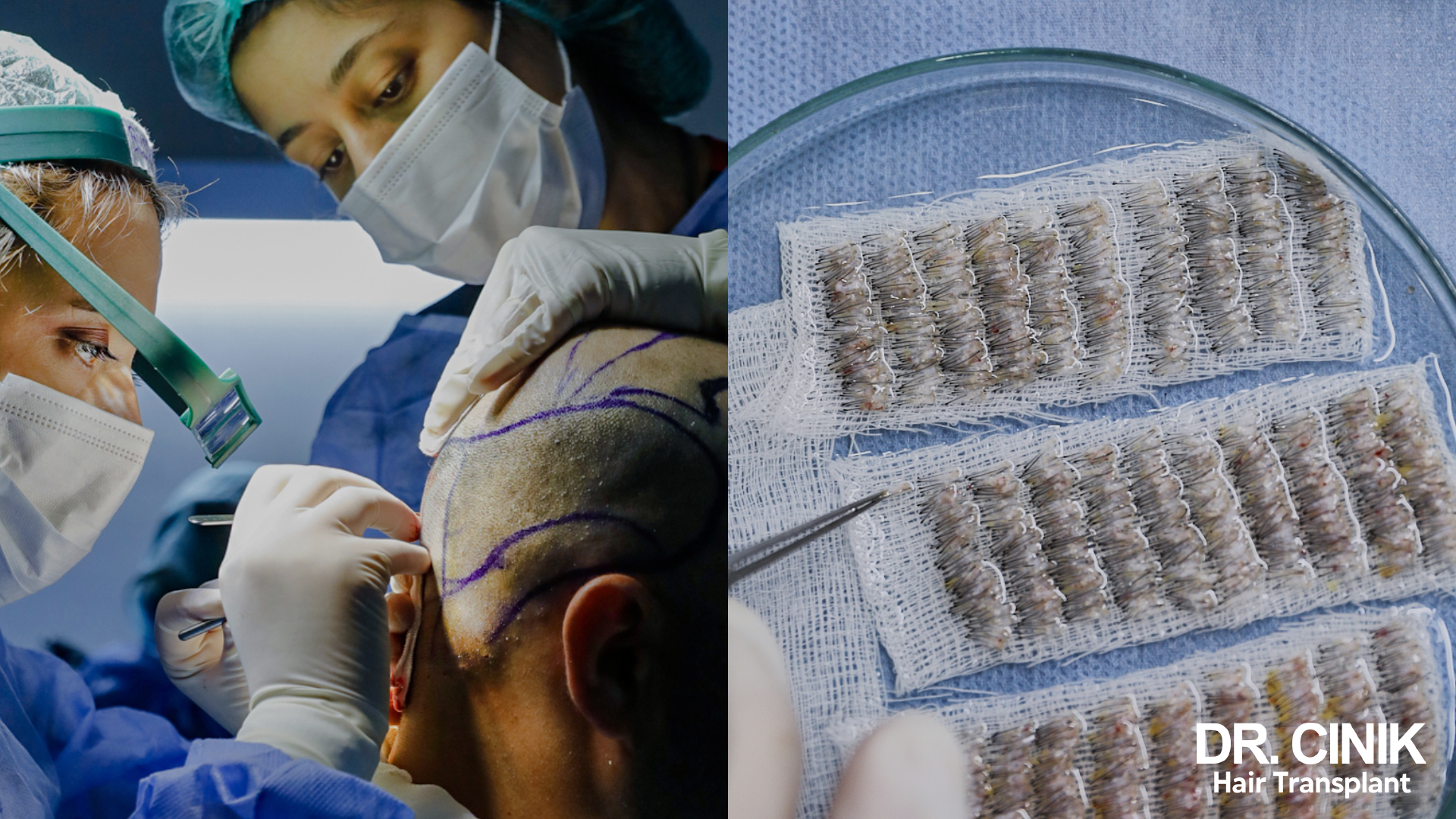
The Extraction Phase in FUE
In the FUE process, extracting the grafts is a critical step performed under local anaesthesia. A specialised tool, known as a punch, is used for this purpose. The punch can either be manually operated or motorised. This stage is carried out meticulously to avoid damage to the adjacent follicles. After extraction, the grafts are preserved in a sterile solution until they are ready for implantation.
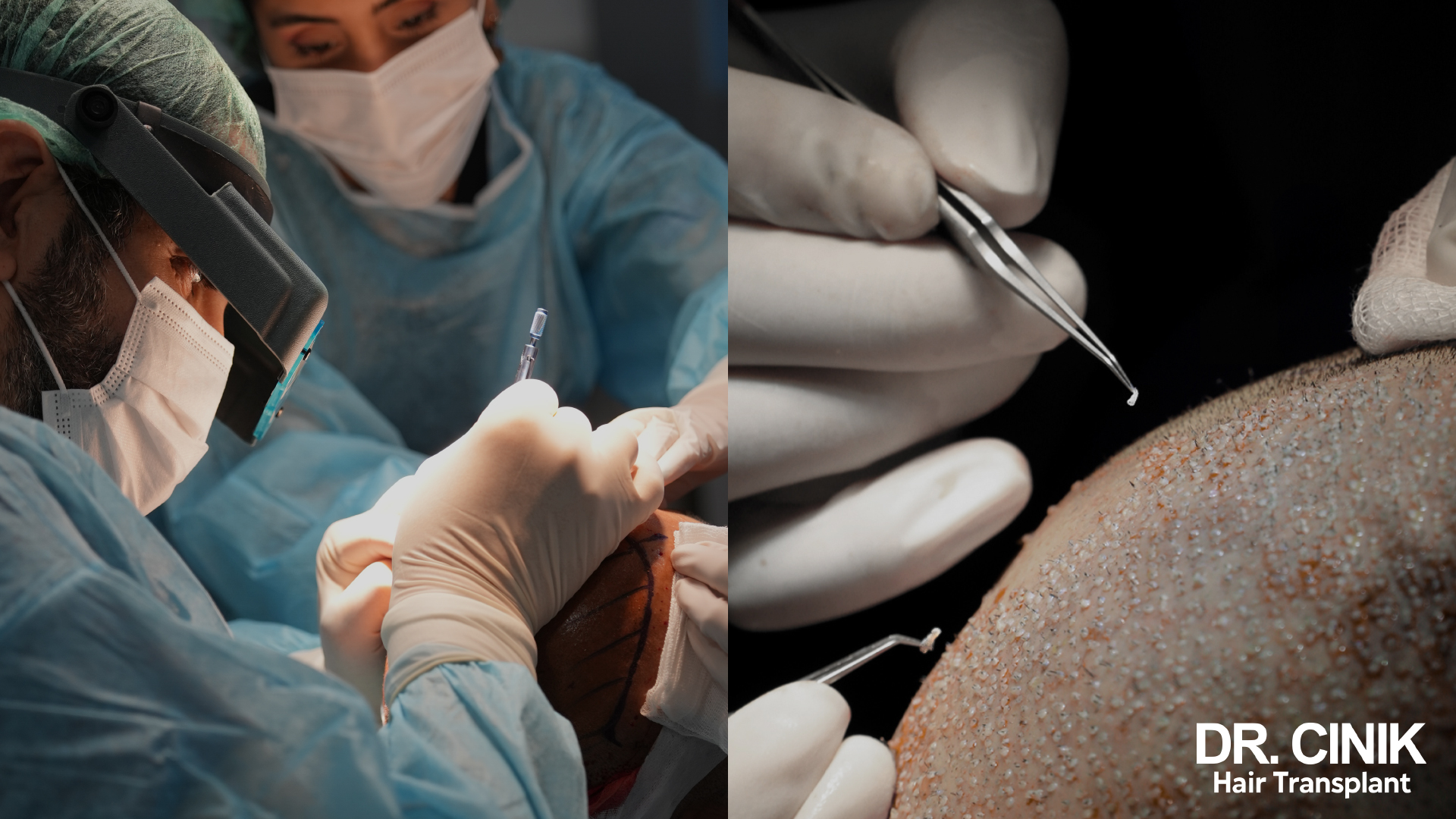
The Implantation Phase in FUE
The second pivotal step in the FUE method involves implanting the extracted grafts into the recipient area. This procedure is also executed under local anaesthesia. Surgical precision is crucial during this phase to ensure the grafts are distributed naturally and to optimise the likelihood of a successful hair transplant.
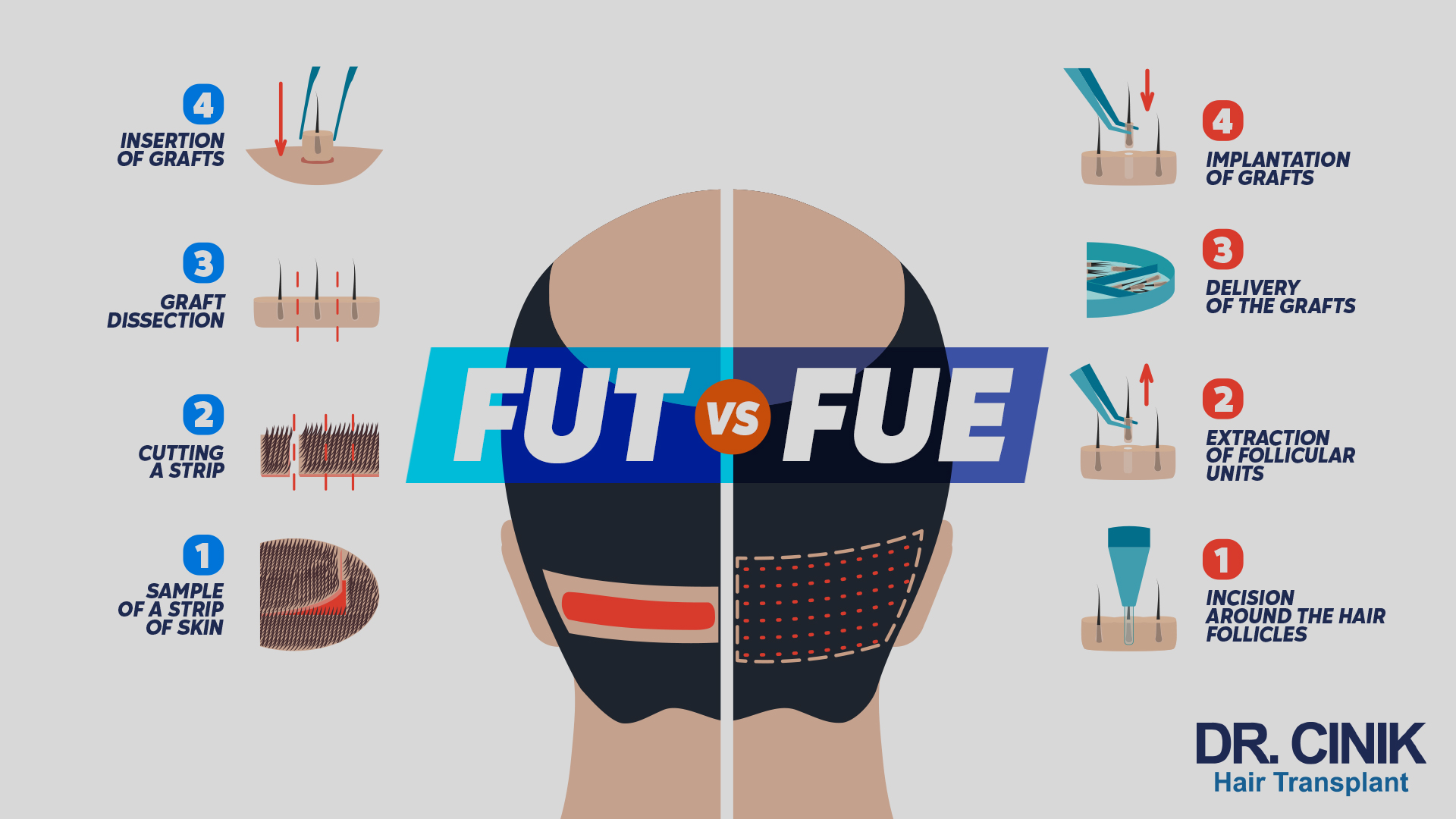
Contrasting FUE and FUT: Understanding Key Differences
FUE distinguishes itself from FUT by being less invasive. While FUT involves removing an entire strip of scalp that is subsequently divided into individual follicular units for implantation, FUE only requires the extraction of individual follicles. The FUT method generally results in more discomfort and leaves a linear scar in the donor area, whereas FUE leads to quicker recovery and less noticeable scarring.
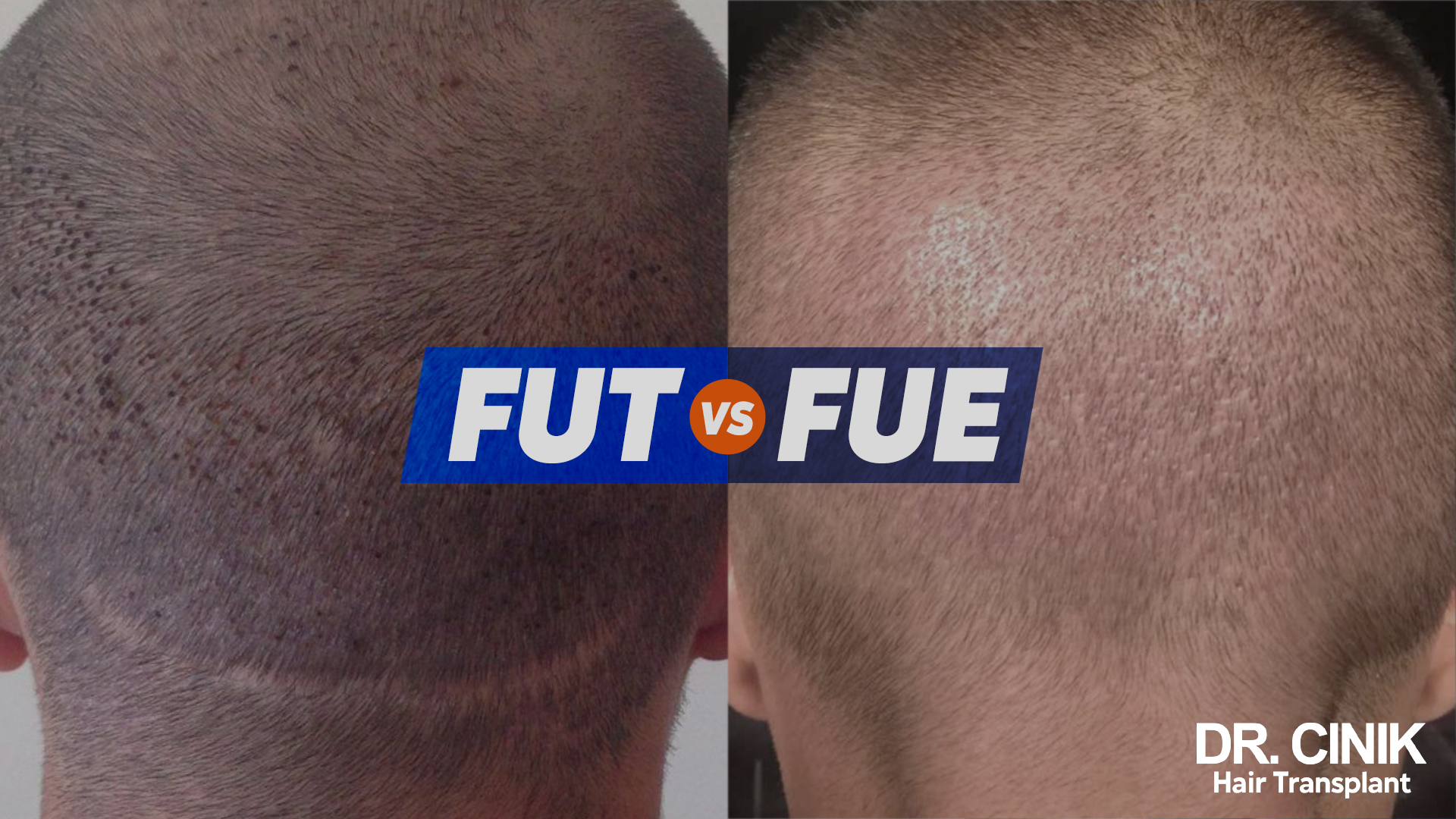
Comparative Study of FUE and FUT Outcomes
According to research published in Hair Transplant Forum International, both FUE and FUT yield similar results when it comes to the growth rate of the grafts. However, FUT has downsides, such as a higher risk of infection and more visible scarring, making it a less preferable option for many.
Variants of FUE: Robotic vs. Conventional Methods
FUE is a versatile technique with multiple variants, each distinguished primarily by their approach to extracting and implanting follicular units.
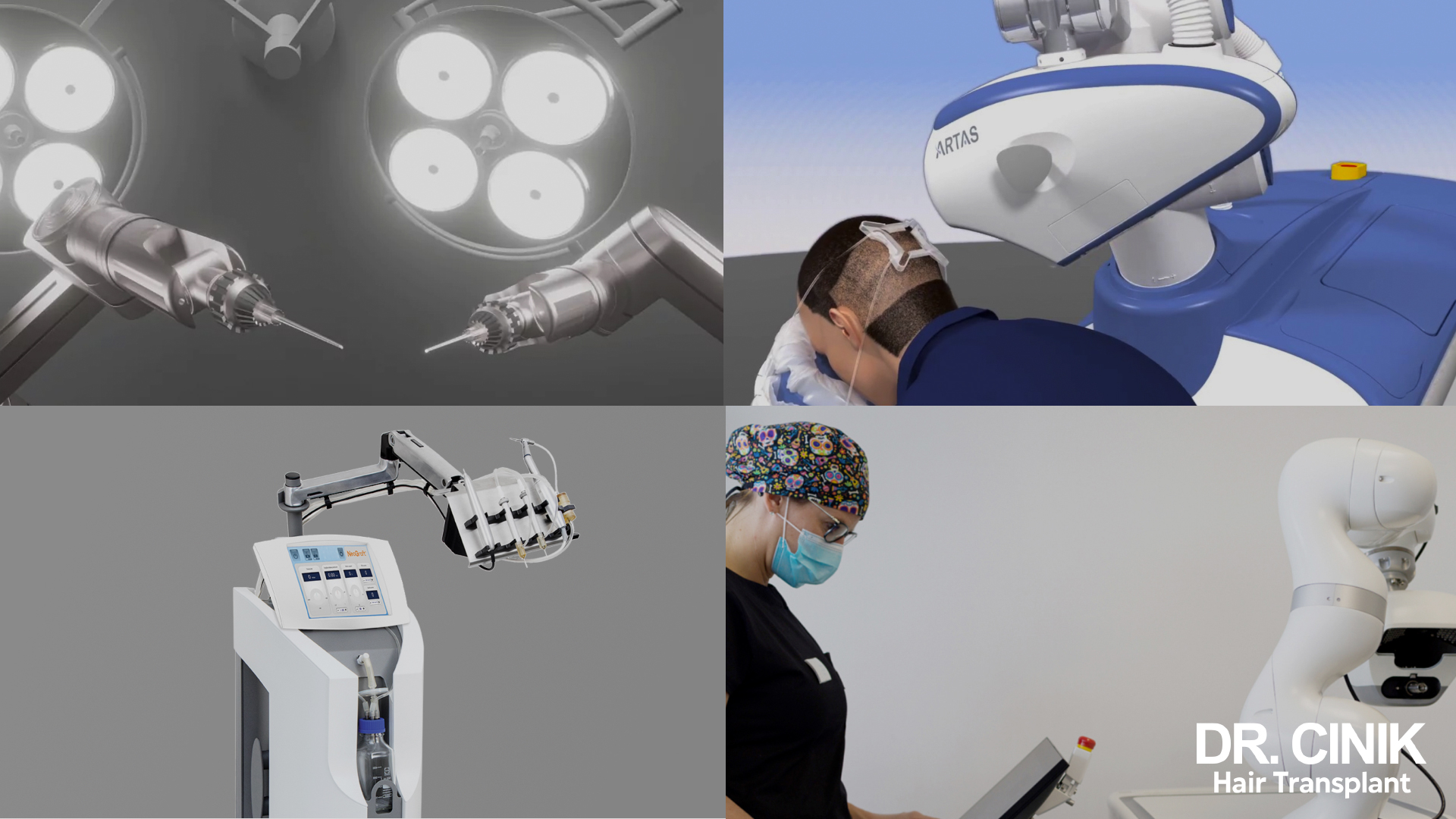
ARTAS Robot FUE versus Conventional FUE
ARTAS Robot FUE employs automation and robotics to accelerate the extraction phase. Although this approach is quicker, it may sacrifice the quality of the extracted grafts. On the other hand, conventional FUE allows the surgeon to have full control over the extraction, thus ensuring better selection and handling of follicular units.
Manual FUE vs. DHI: Implantation Techniques Compared
Manual FUE and DHI (Direct Hair Implant) vary chiefly in the method used for implanting the grafts. DHI utilises a specialised tool, a Choi implant pen, which allows for highly precise implantation, albeit at a greater cost. Manual FUE is generally less expensive and although it may take more time, it often delivers equally excellent results.
Incision Techniques for Hair Transplant Canals: Metal Blade, Sapphire Blade, and Choi Implant Pen (DHI)
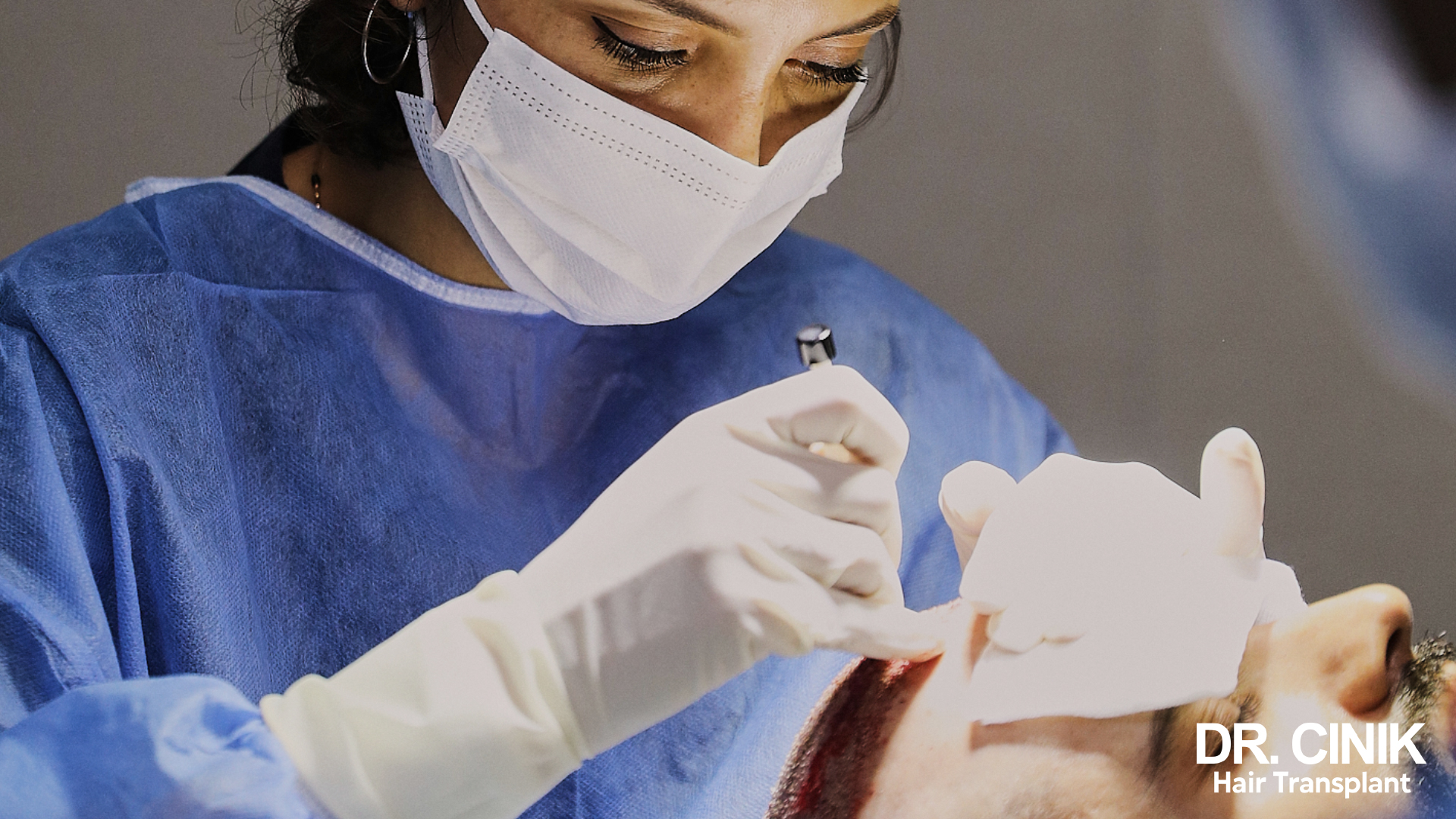
Traditional Metal Blade Method
The metal blade is the classic choice for creating canals in hair transplant procedures. It’s commonly used due to its affordability. However, it comes with drawbacks such as imprecise canal formation, a greater risk of scarring, and increased susceptibility to post-operative inflammation and infections. This is partly because the metal blade creates larger canals, which can be problematic.
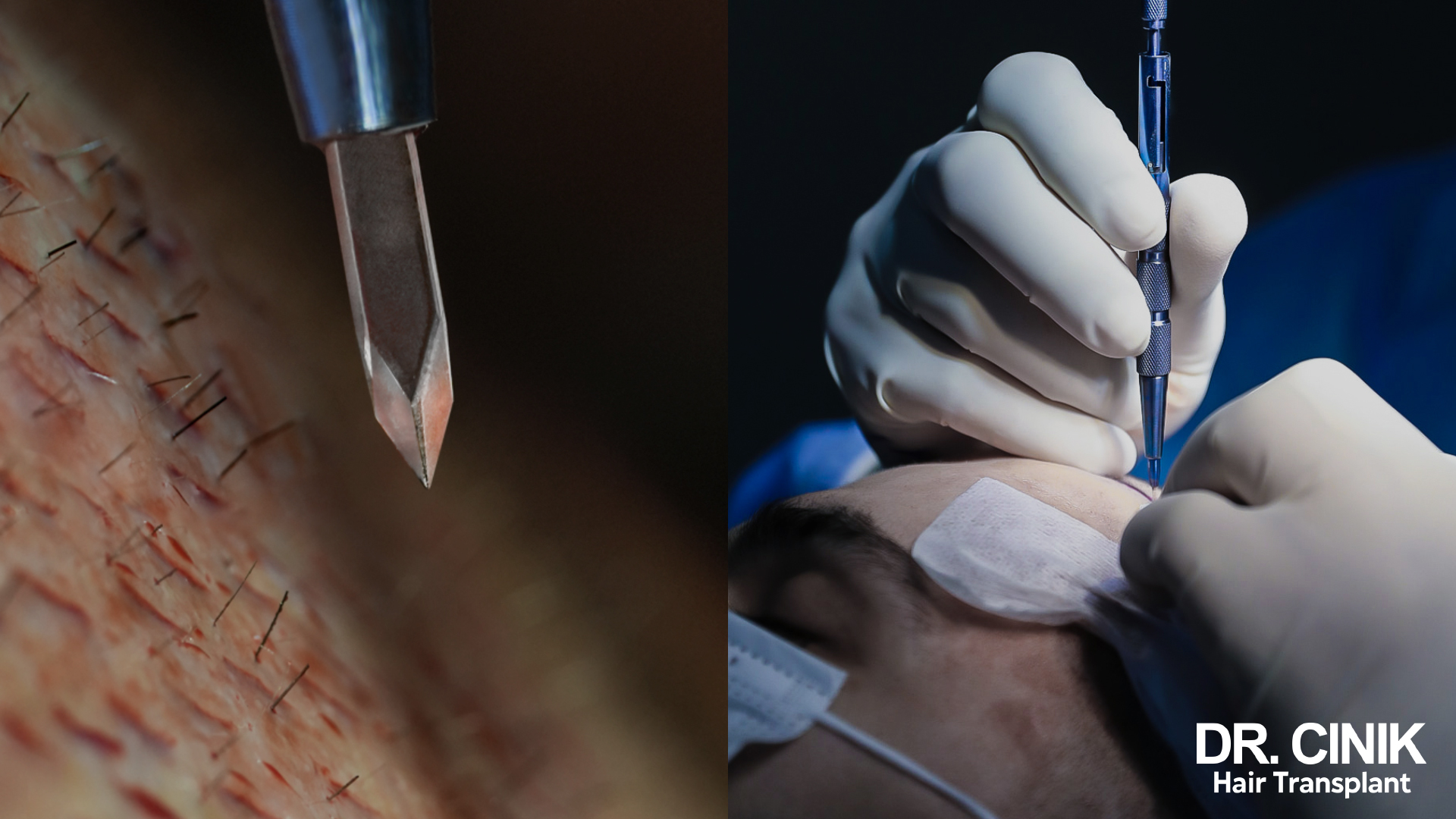
Advanced Sapphire Blade Method
The sapphire blade, or Sapphire FUE, represents a technological leap in hair transplant procedures. This blade allows for higher precision and yields more natural results. Its ability to create smaller, V-shaped canals is especially beneficial for those seeking high-density hair restoration. Furthermore, the sapphire blade is less likely to cause allergic reactions and maintains its sharpness better than metal blades, thus reducing post-operative complications. However, these advantages make it a more costly option.
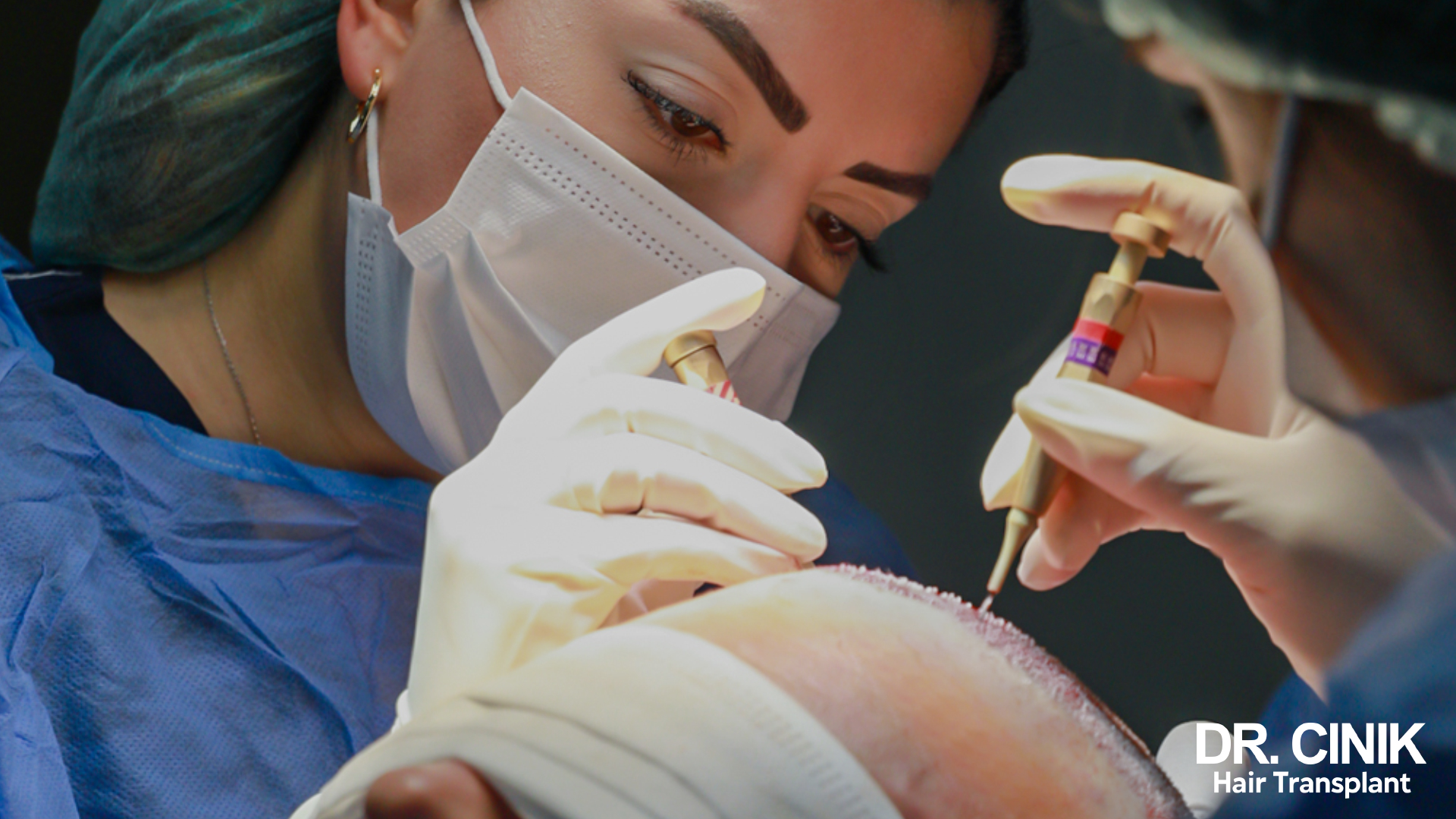
Choi Implant Pen in DHI
The Choi Implant Pen, utilised in the Direct Hair Implant (DHI) method, is another significant innovation. It enables extremely precise graft implantation, offering optimal control over the angle, direction, and depth of each implant. The immediate implantation of grafts after extraction eliminates the need for pre-dug canals, improving the grafts’ survival rate. While DHI offers many advantages, it is often more time-consuming and expensive than traditional FUE.
Comparing Implantation Techniques: Manual FUE vs DHI
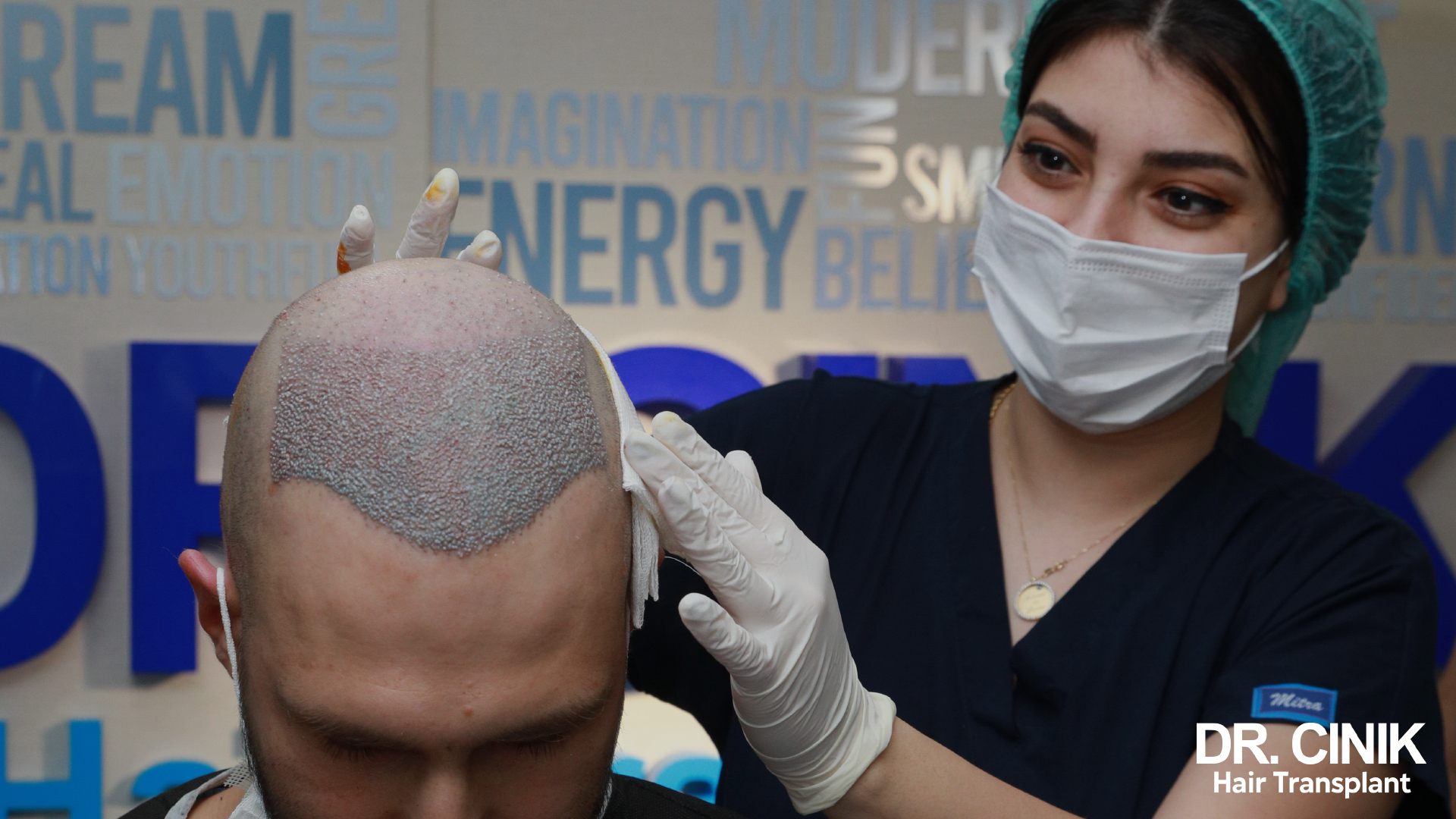
Manual FUE Implantation
In Manual FUE, the surgeon personally implants each graft into the recipient area. This approach is often seen as less invasive and can be suitable for all hair types. It provides a high level of control over graft placement, requiring surgical precision for a natural-looking result. The trade-off is that this method can take longer and may be more expensive due to the additional time spent on meticulous implantation.
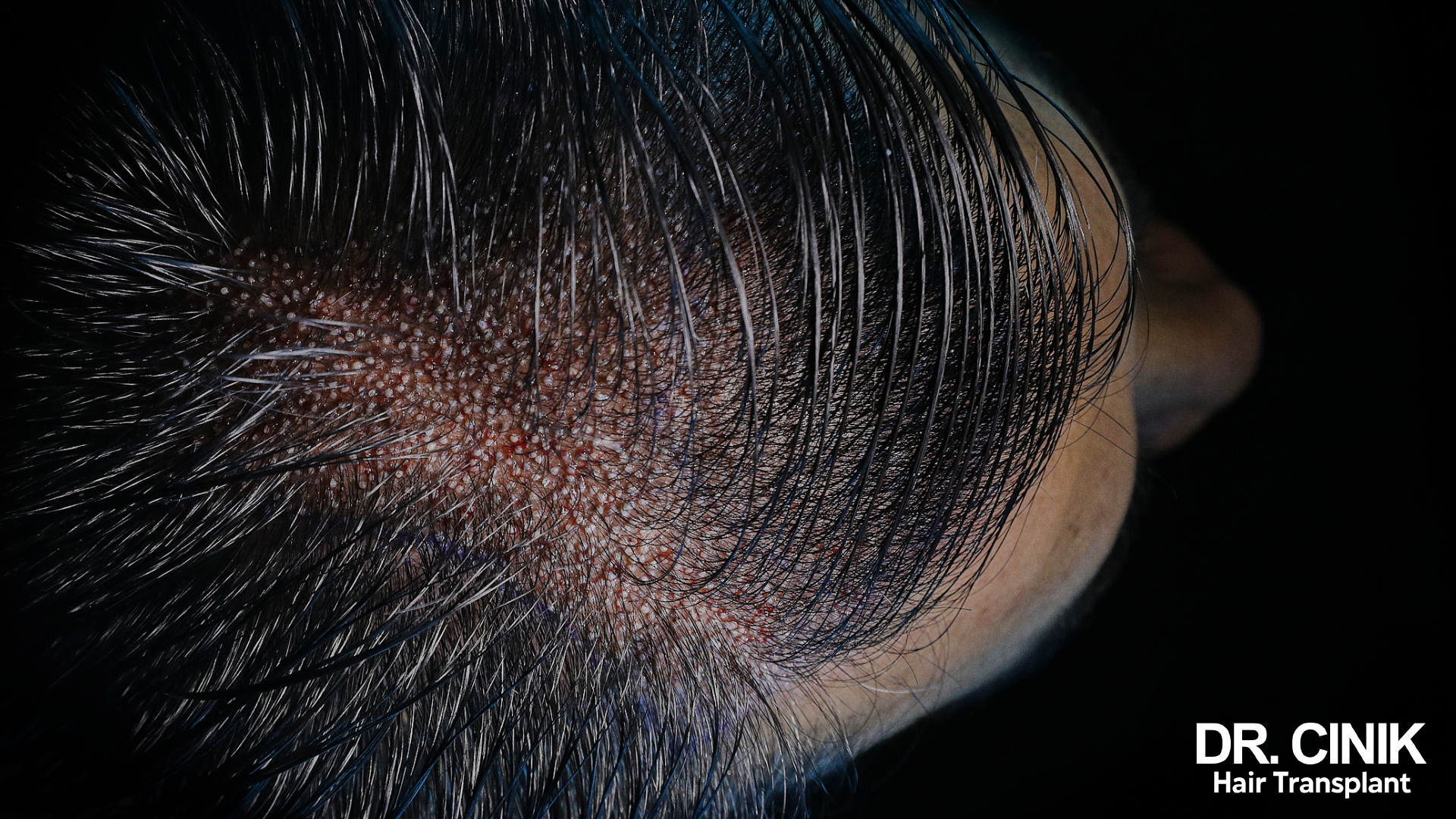
Direct Hair Implant (DHI)
DHI leverages the Choi Implant Pen for highly precise, direct implantation into the scalp. This technique is excellent for achieving higher density, particularly for individuals with thinning hair or less advanced stages of baldness. The precision of the Choi pen improves graft viability by minimising the time they spend outside the body. However, DHI often costs more due to the specialized training required to use the Choi pen and the time involved in the procedure.
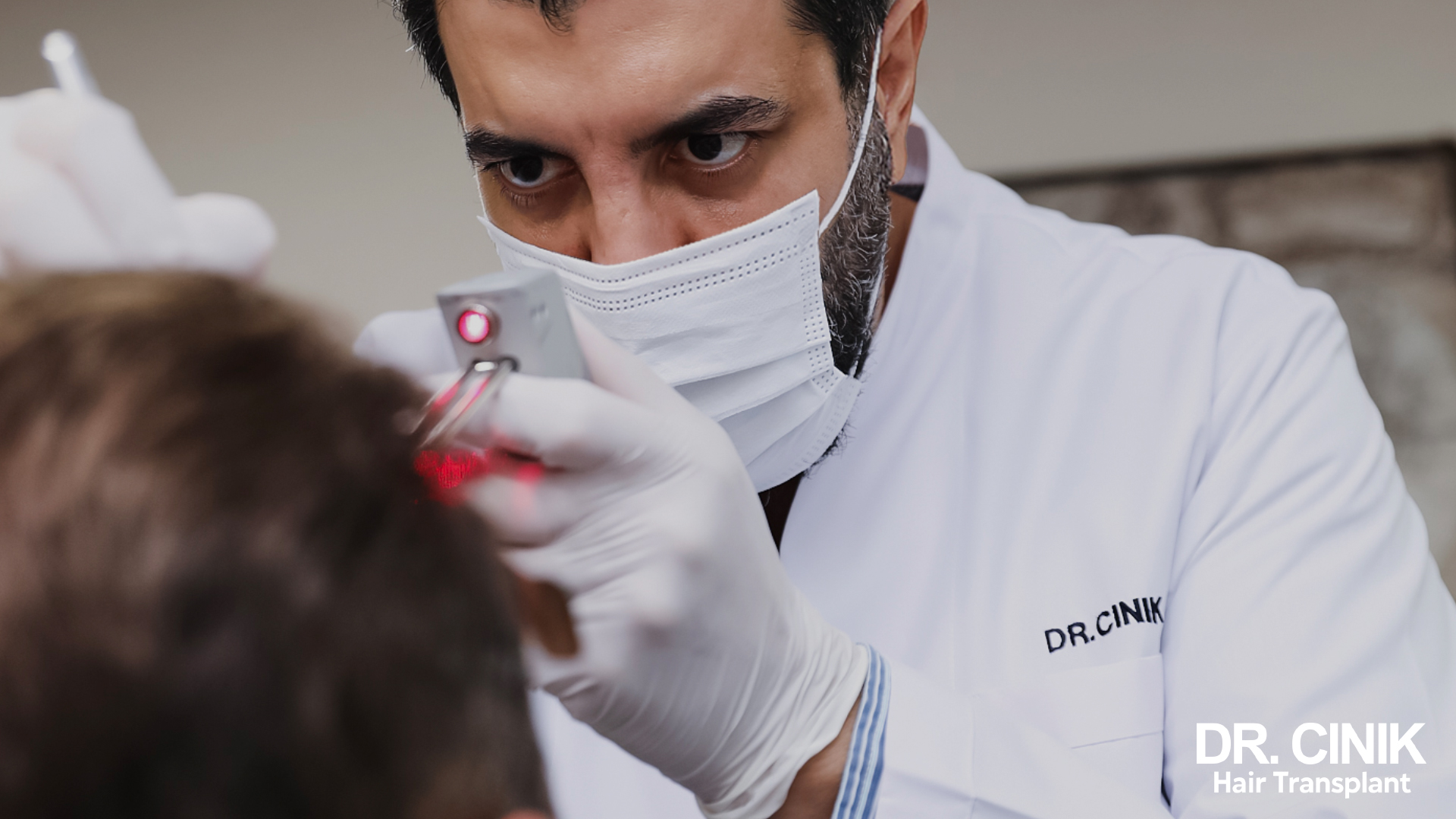
Conclusion and Expert Recommendations
Your choice of implantation technique will depend on various factors, including your stage of hair loss, hair type, and budget. Importantly, the expertise of the surgeon is crucial for a successful hair transplant. Dr. Cinik, a renowned expert in this field, typically recommends either the Manual FUE method or DHI, depending on individual needs and the stage of hair loss.

For those opting for Manual FUE, Dr. Cinik advises the use of a sapphire blade for canal incision, citing its substantial benefits in terms of precision, reduced post-operative risks, and more natural-looking results.
By considering these insights, you can make a well-informed decision about your hair transplant, focusing on both the effectiveness of the chosen method and the quality of the end results.



